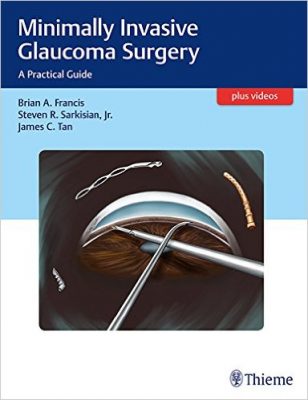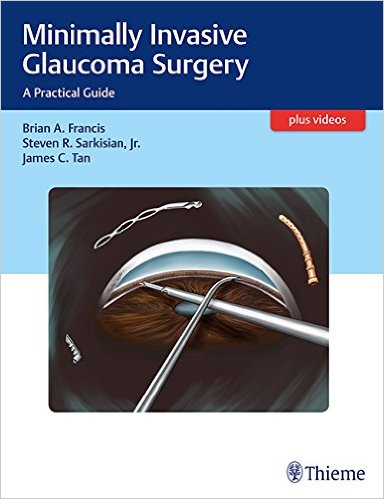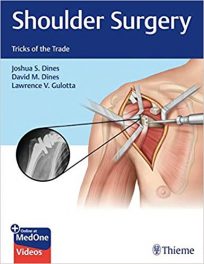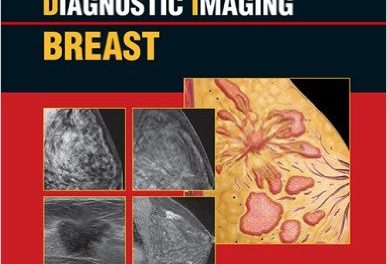 Editors: Brian A. Francis, MD; Steven R. Sarkisian, Jr., MD; and James C. Tan, MD
Editors: Brian A. Francis, MD; Steven R. Sarkisian, Jr., MD; and James C. Tan, MD
Publisher: Thieme – 199 pages, with 216 figures
Book Review by: Nano Khilnani
A surprisingly large range is the 11 to 67 million people worldwide who have glaucoma, according to a Wikipedia article. In the United States, this disease, which can cause blindness, affects about two million people, mostly seniors. .
Glaucoma collectively refers to a group of eye diseases that result in damage to the optic nerve and consequent loss of vision. The most common is open-angle glaucoma, while other types are closed-angle glaucoma and normal-tension glaucoma. Open-angle glaucoma develops over time and there is usually no pain. In normal-tension glaucoma, there is usually no high pressure on the eyes, but nevertheless, optic nerve damage can develop, resulting in blindness.
Closed-angle glaucoma, more common in women, can occur either gradually or suddenly. Its typical symptoms are:
- Blurred vision
- Mid-dilated pupil
- Nausea
- Redness of the eye
- Severe eye pain
- Vision loss, which is usually permanent
What are some of the risk factors associated with glaucoma? They are:
- Family history
- High blood pressure
- Increased pressure on the eye
- Migraines
- Obesity
When glaucoma is treated in its early stages, it is possible to slow or stop its progression with laser treatment, medication, or surgery.
This book has been developed to help trainees and established members in ophthalmology learn about the choices available in the surgical treatment of glaucoma patients, including new available options. The editors point out for example in the Preface: “Technological advances have enabled miniaturization, technical simplifications, and other ways to shunt aqueous into ocular compartments such as the suprachoroidal space and Schlemm’s canal.”
Seventy-seven ophthalmologists from all over the United States and seven other countries – Australia, Austria, Canada, Dominican Republic, France, Spain, and Taiwan – authored the 40 chapters of this book on numerous issues relating to glaucoma and other conditions.
These chapters are organized into two main Sections and eight subsections, which we list below to give you a general overviews of what you will find within this book
- Section I – Eye Anatomy and Physiology
- Trabecular Outflow
- Uveoscleral Outflow
- Aqueous Production
- Subconjunctival Filtration
- Section II – Clinical Procedures
- Trabecular Outflow Procedures
- Uveoscleral Outflow Procedures
- Aqueous Humor Reduction Procedure
- Transconjunctival Filtration Procedures
In addition to the above listed content, 23 videos are available to purchasers of this book. Go to: www.MediaCenter.Thieme.com and when prompted during the registration process, enter the access code provided on the first page, with details pertaining to Windows, Mac and tablet users.
An interesting chapter to explore is the first one – New Options in the Treatment of Glaucoma, authored by Brian A. Francis, Steven R. Sarkisian, Jr. and James C. Tan
Two cases are presented:
Case 1: A 71-year-old woman with a history of primary open-angle glaucoma with a severe damage to her optic nerve and visual field, and uncontrolled intraocular pressure (IOP) on maximum-tolerated medications.
Case 2: A 78-year-old woman with primary open-angle glaucoma and moderate to severe optic nerve damage and visual loss with uncontrolled IOP and taking maximum-tolerant medications.
In both cases, traditional methods of glaucoma surgery were used, but the vision did not improve
This chapter introduces four novel glaucoma procedures, all of which aim to lower IOP. We use the authors’ own words to briefly describe them:
- Trabecular Outflow Surgery –Schlemm’s canal procedures include several FDA-approved treatments that involve either a trabeculotomy by internal approach to some type of travecular micro-bypass that uses a stenting device that remains in the canal
- Suprachoroidal Outflow Surgery – The suprachoroidal space is a potential pathway for enhancing aqueous outflow. The pressure gradient between the anterior chamber and the suprachoroidal space enables the potential flow of fluid in this direction
- Aqueous Humor Production Surgery – Lowering of aqueous humor production is performed by laser treatment of the ciliary processes, or cyclophotocoagulation. The transcleral approach is performed by the external application of energy via a handheld probe placed near the corneal limbus. Because of the tissue destruction involved, this approach is not considered a minimally-invasive glaucoma surgery (MIGS) procedure.
- Subconjunctival Filtration Surgery – is the pathway used by traditional glaucoma filtration surgery, and is debatable whether it falls into the MIGS spectrum. Depending on one’s definition of MIGS, the formation of a filtration bleb may exclude this category.
The authors state importantly that the four MIGS procedures have these basic principles
- Surgical approach ab interno, small incision, conjunctiva sparing
- Minimal trauma and tissue disruption
- Very high safety profile
- Rapid visual recovery
- Easily combined with phacoemulsification cataract surgery
- Moderate to high IOP-lowering capabilities
This is a pioneering work providing you current and new solutions to helping combat glaucoma, a disease that afflicts tens of millions of people around the world, and causes loss of vision in many of them. It is a highly authoritative volume combining the valuable contributions of nearly eighty expert eye specialists.
The editors and authors of the chapters raise numerous questions and provide you answers based on what is known by them, thereby raising your levels of knowledge and increasing your insight. Users of this important work can also benefit by learning new ophthalmic procedures and improving surgical skills.
Editors:
Brian A. Francis, MD, MS is Professor of Ophthalmology, Director of Glaucoma Services, Glaucoma Fellowship Director, and Rupert and Gertrude Stieger Endowed Chair in the Department of Ophthalmology at the University of California – Los Angeles David Geffen School of Medicine in Los Angeles, California. He is also affiliated with Doheny Eye Institute.
Steven R. Sarkisian, Jr., MD is Clinical Professor and Glaucoma Fellowship Director in the Dean McGee Eye Institute at the University of Oklahoma in Oklahoma City, Oklahoma.
James C. Tan, MD, PhD is Associate Professor of Ophthalmology at Doheny Eye Institute in the Department of Ophthalmology at the University of California – Los Angeles in Los Angeles, California.







